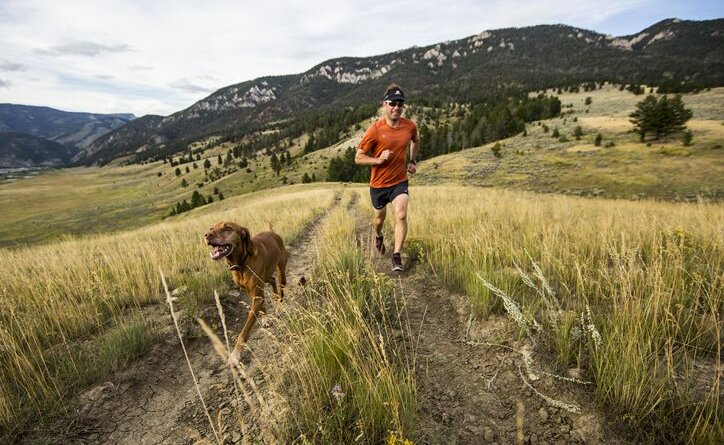How Much Exercise Do Dogs Need?
Your dog’s age, overall health, and breed define her exercise sweet spot. Puppies and young adults need more exercise while older, ill, or injured dogs need extra down time for rest and recovery. Start gradually when beginning any exercise program with your dog.
Sporting, working, and herding breeds need the most exercise, 1 to 2 hours a day. Terriers, scent hounds, and breeds known for speed thrive on 60 to 90 minutes of movement.
Both toy breeds and giant breeds tend to be less active – they benefit from up to an hour of relaxed walks or gentle games of fetch. Twenty to 30 minutes of slow movement is recommended for brachycephalic breeds like Pugs, French Bulldogs, and Shih Tzus, whose smaller airways interfere with physical activity.
Don’t neglect mental exercise

Physical activity helps dogs relax, but so do find-it games, food-dispensing puzzles, and trick training. Include whatever your dog most enjoys in your daily schedule.
How can I tell if my dog needs more exercise?
If your dog is over-excited on walks, restless around the house, barking and whining indoors, play-bowing or trying to initiate play while you’re trying to relax, and unable to relax at night, he’ll probably benefit from longer walks or runs.
What helps older dogs with exercise?
If arthritis slows your older dog, especially if she’s overweight, a weight-loss diet can help. Two or three exercise sessions per day are more comfortable for older dogs than long single sessions. Your veterinarian may prescribe medication or pain-reducing supplements. Low-impact activities, such as swimming or the use of an underwater treadmill, can help older dogs stay in shape without discomfort.




